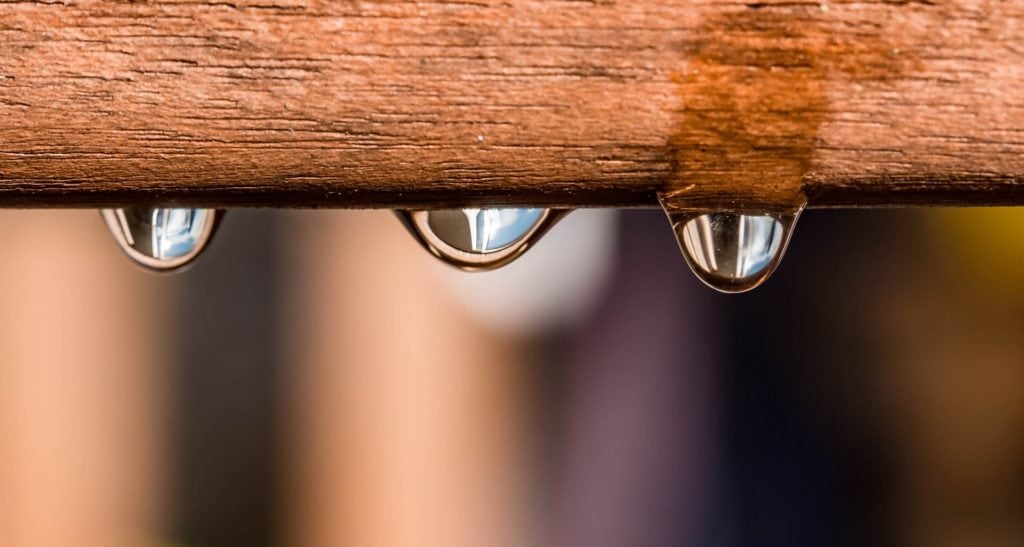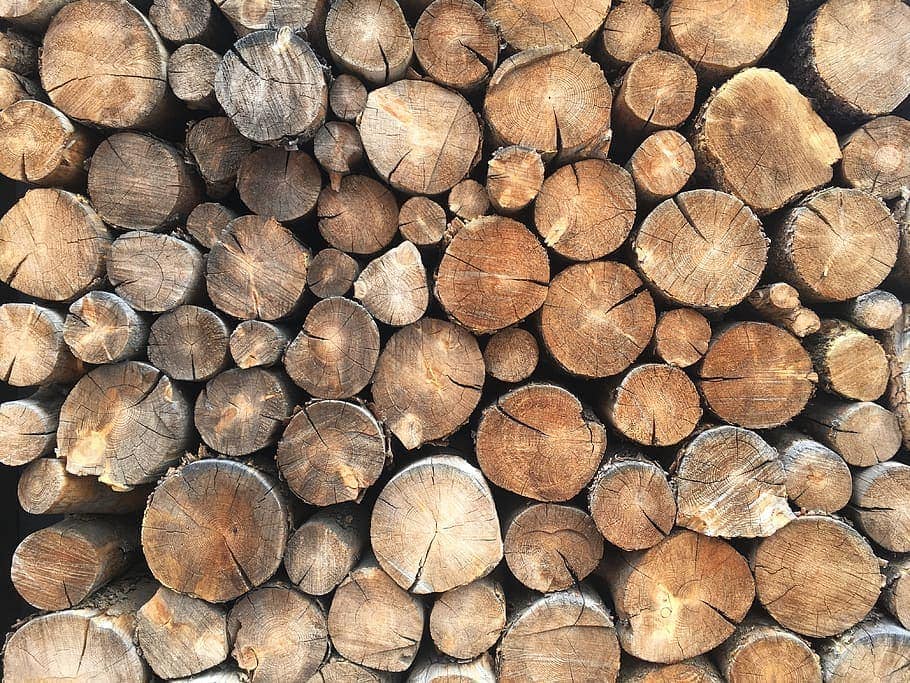How To Check Moisture Content of Wood Without a Meter
-
- Last updated:


Nothing ruins a good woodworking project like gradual warping, shrinkage, or expansion. While the wood might seem to be an excellent pick for flooring or furniture based on aesthetics, what you need to focus on is moisture content. The wetter a wood is, the more vulnerable it’ll be to warping.
Typically, checking the moisture content before using wood for a project is easy. Just use a handy moisture meter! But what if you lost yours or haven’t bought one yet? Don’t worry; here’s a guide explaining how to check the moisture content of wood without a meter. It’s simpler than you might think.

Why Check Wood for Moisture Content?
The moisture content (MC) of a piece of wood can affect that wood’s shape and size. As a hygroscopic material, wood absorbs or loses moisture depending on the ambient humidity of its environment. Additionally, wood passively retains some moisture after being felled. Depending on the humidity, they may eventually or never lose all this moisture.
In more humid air, the wood fibers suck up surrounding moisture, which causes it to expand. In drier air, wood loses moisture. The reverse occurs as the wood shrinks.
Wood can also reach the equilibrium moisture content or EMC, which occurs when wood doesn’t gain or lose moisture. Woodworkers might want to measure the MC of a piece of wood so it doesn’t shrink and warp after they use it.
Thus, they may try to only work with pieces that won’t become too wet over time. Similarly, flooring installers might want all the wood to be at an MC suitable for acclimation to their building’s ambient humidity.
What Types Need to Be Checked?
Some wood holds more moisture immediately after being felled. Broadly speaking, heavier and denser wood handles more moisture or ambient humidity since they’re more resistant to warping or breaking over time.
Lighter woods need to be checked more often since they’re more vulnerable to significant weight and shape changes as their MC adjusts. Their retained water has more of an effect on the shape of their fibers.

Wood Types That Need to Be Checked
- Maple – This wood is very popular in flooring and furniture. It commonly shrinks a bit when used in humid conditions.
- Pine – Although pine withstands shrinkage and warping well enough, it’s a soft wood.
- Spruce – This wood is an excellent finishing type and resists decay quite well but can also experience shrinkage frequently.
- Cedar – This decay-resistant and rot-resistant wood often experiences expansion and shrinkage when exposed to higher humidity, so its MC should be measured.
Mahogany, walnut, oak, cherry, and teak are all relatively durable and heavy woods that resist warping and shrinkage. It’s less important to check the moisture content of these wood types, though it’s never a bad idea.

How to Check Moisture Content
The moisture content can be understood as an expression of the weight of the water compared to the weight of oven-dried wood, then multiplied by 100. Put simply:
- MC = weight of water/weight of oven-dried wood x 100
Understanding this formula will allow you to check the MC without using a meter tool.
The formula would look like this:
- MC = 0.8/10 x 100, as 0.8 pounds of the pre-dried wood’s weight was water
- This results in an MC of 0.08 or 8%
The Oven Test
The simplest way to check the moisture content of a piece of wood is to weigh a piece of wood, dry it in an oven, and then measure it again to see the difference in weight. This is the most accurate way to test the MC in wood but is also time-consuming.
The oven for this measurement method needs to be well-ventilated, and the wood will need to be dried for a significant period.
Step 1 – Heat your oven to 220°F. Make sure the oven is well-ventilated, or use a kiln. The ventilation is essential so the water has a place to escape.
Step 2 – Weigh the wood while the oven is preheating. Write the number down.
Step 3 – Put the wood in the oven for 24 hours. Weigh the wood after this period, then write the number down. The two measurements’ weight difference is the hypothesized “water weight”.
Step 4 (optional) – You may wish to set the wood in the oven for another 24 hours. If the oven-dried wood’s weight changes, it still needs to dry a bit. If it’s the same as before, you know it’s fully dry. Heavier, wetter woods may need multiple days’ worth of drying before being ready for measurement.
Step 5 – Now plug in the formula above. As an example, say that the wood weighed 10 pounds before oven-drying, then 9.2 pounds after.
Put another way, the MC is the proportion of a wood’s weight made up of water. The weight difference shows, out of 100%, how much of that percentage is/was moisture.
For Larger Pieces of Wood
While this method is accurate, it can be difficult for some woodworkers to use if they don’t have an appropriate oven. For instance, maybe the piece of wood they need to measure is too large for their oven.
In that case, you can take a small sample of wood from the center of a board. Don’t sample wood from the edge, as it can lead to improper initial measurements since the edge of a board will likely be drier than the middle.
What if you don’t have an oven? You can also use a microwave to boil away water from a piece of wood. Be advised that you may have to microwave the small sample piece of wood multiple times to eliminate its moisture content. Weigh the sample multiple times to be sure you’ve gotten rid of all the moisture before doing your calculations.

What is a Good MC for a Piece of Wood?
This is dependent on your environment and task. However, here are a few guidelines for general MC wood levels you should check for:
- Indoor wooden objects like furniture: 6%–8%
- Wood to be used for flooring: 6%–9%
- Wood for building construction: 9%–14%
The “ideal” MC for a piece of wood will also depend on the ambient humidity of the environment.

Conclusion
Ultimately, checking the moisture content of a piece of wood without a moisture meter is relatively straightforward, if time-consuming. Still, having this method in case your moisture meter ever breaks is beneficial. Remember to keep the oven ventilated and to select your wood for your project carefully. Heavier, sturdier woods do better in humid environments regardless of the moisture content. Good luck!
Featured Image Credit: PxHere
Contents

